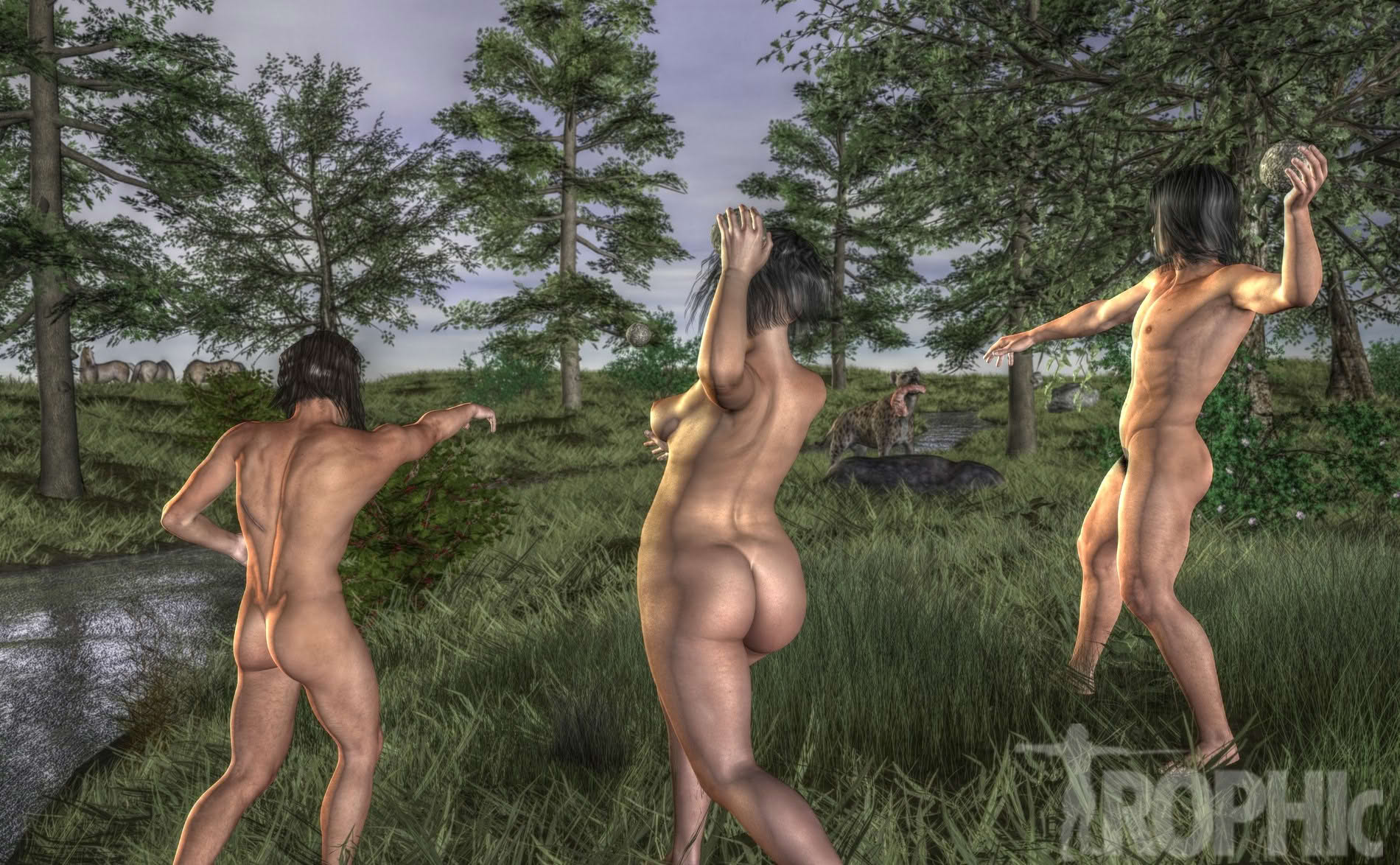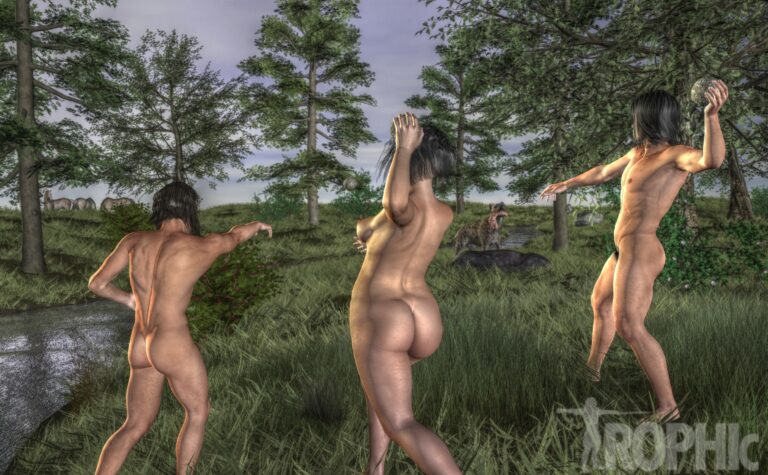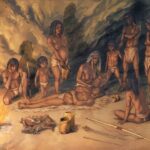The earliest Europeans were efficient scavengers

Today, Ana Mateos and Jesús Rodríguez, scientists at the Centro Nacional de Investigación sobre la Evolución Humana (CENIEH), publish a paper in the journal Scientific Reports showing that carrion from large herbivores was an abundant resource in the Iberian Peninsula 1.2 million years ago, and that hominins could have competed advantageously with hyenas.
Hominins arrived in the Iberian Peninsula 1.4 million years ago, but there is not much evidence of how they adapted to European ecosystems or their way of life. One of the most hotly debated questions is about how they obtained food. It is broadly accepted that these first hominins consumed meat from large mammals, but there is no consensus about whether they obtained it from hunting or scavenging from the kills of large predators.
Some authors have proposed that the scimitar-toothed cats which then inhabited Europe left their kills half-eaten, with abundant portions of meat and fat that hominins could have used. Nevertheless, nobody had estimated these amounts up to now. Other scientists posit that that the presence in these same ecosystems of a formidable competitor for the same carrion, such as the giant hyena, would have hindered hominin use of this plentiful resource.
Computer model
In the published paper, a quantitative estimate of how often large carnivores abandoned half-eaten carcasses and the amount of nutrients they still contained is made. These data were incorporated into a computer model which enables different experiments to be run in a virtual environment that simulates the behavior of hyenas and hominins as they compete for the carrion.
“We can simulate the competition between giant hyenas and hominins in different ecological scenarios by varying certain parameters of the behavior, to see what effect these have on the viability of the food strategy”, explains Rodríguez.
The results of these experiments support the idea that scimitar-toothed cats generated abundant resources for scavengers and that hominins could have harnessed these under differing ecological conditions.
Group size is a fundamental factor for hominins to compete successfully with hyenas, although its influence is more complex than might be expected.
“The simulations show that hominins must act in groups, but they also demonstrate that there exists an optimal group size, although we could not determine this accurately. When this group size is exceeded, scavenging becomes a less effective strategy”, emphasizes Mateos.
Apart from the CENIEH, the participating authors of this paper were scientists from the German Research Center for Artificial Intelligence (DFKI), at Trier University (Cognitive Social Simulation Lab), and the Senckenberg Research Institute in Frankfurt, both in Germany, as well as the Universidad Autónoma de Madrid. This work forms part of the project TROPHIc (PID2019-105101GB-I00, MCIN/AEI/ 10.13039/501100011033).
Bibliographic information:
Press release from the Centro Nacional de Investigación sobre la Evolución Humana – CENIEH



